(ECNS) -- China's Shenzhou-13 manned spaceship has completed over 20 in-orbit science experiments based on research conducted by Shenzhou-12, said Li Yinghui, deputy chief designer of China's manned space program astronaut system.
The environment with zero gravity in space stations provides conditions for human life and science research. During the in-orbit period of the Shenzhou-13 crew, China established a long-term culture system of cells and cell models in space for the first time, relying on which Chinese researchers have completed several world-leading life science experiments.
"We have transformed renal epithelial cells in human urine into lively stem cells with multiple functions through genetic reprogramming and further differentiated them into cardiomyocytes," said Li.
"We have edited a fluorescent protein through genome editing technology. Relying on the fluorescence, we have observed the scintillation of calcium signals in the beautiful contraction of cardiomyocytes against a background without gravity for the first time in the world," Li added.
Cardiomyocytes are sensitive to gravity so that researchers can use the data astronauts got through observation to compare the contractions of these cells under gravity and weightlessness, thus further understanding the influence of zero-gravity on humans.
This technology can help us learn more about cardiovascular changes and also provides an experimental model for public health and regeneration and aging of humans including longevity and heart disease, it was noted.
In addition, Chinese researchers have also completed the suspension culture experiment of skin stem cells under zero gravity in a long term relying on China's space station and Shenzhou-13 for the first time in the world.
Experts said cells space experiments will help humans understand life better and make breakthroughs in science.

















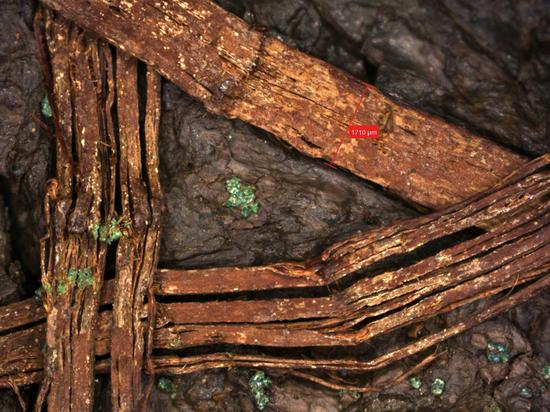

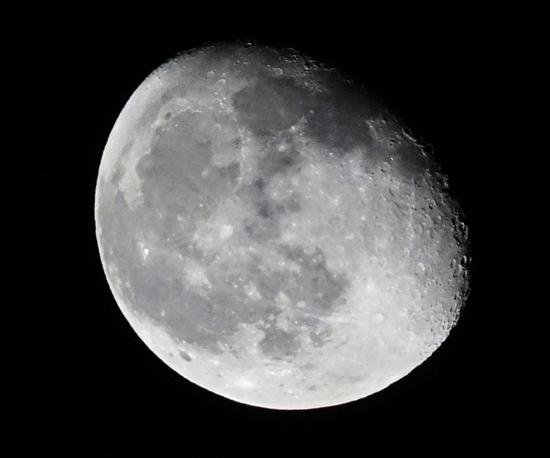



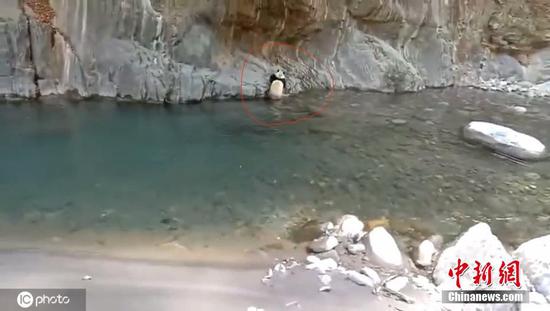




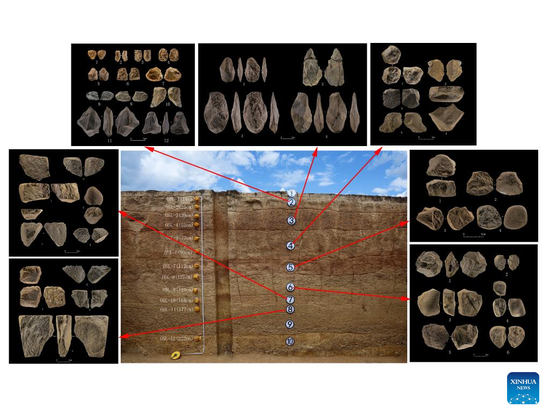


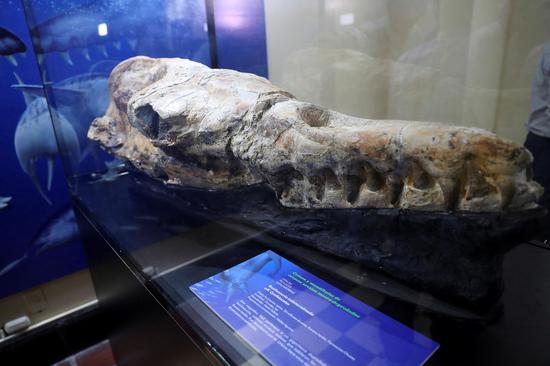




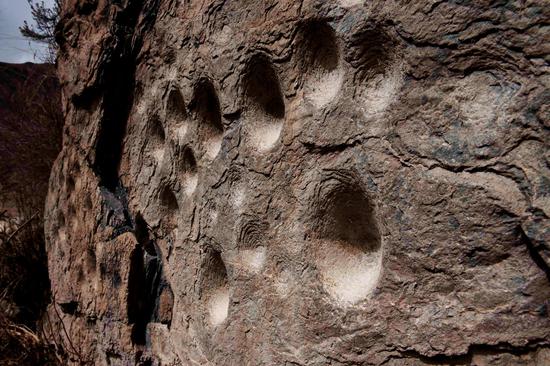

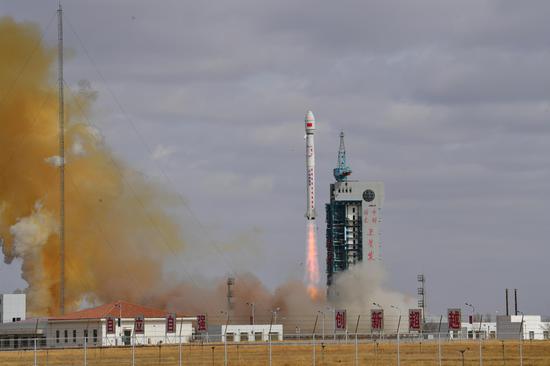



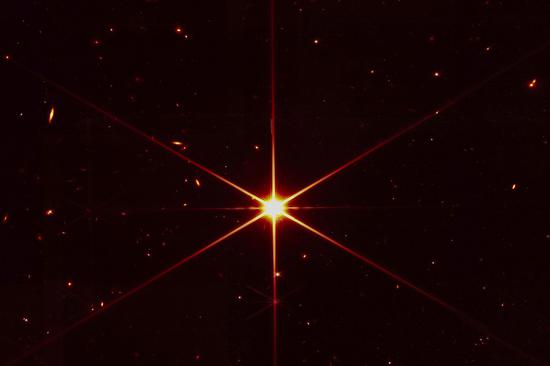
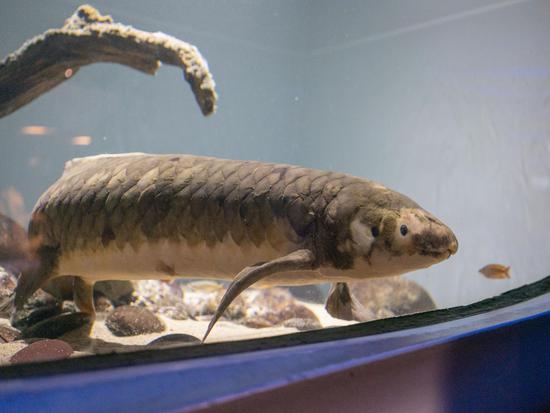






 京公网安备 11010202009201号
京公网安备 11010202009201号